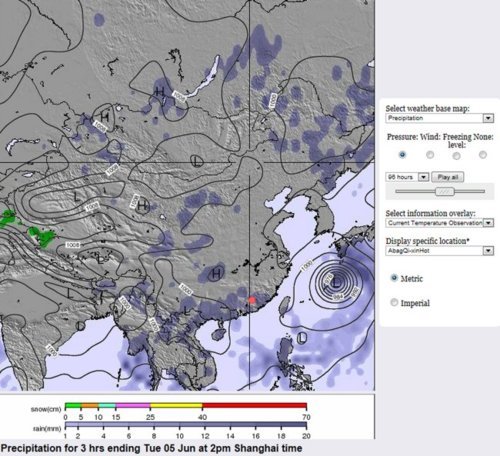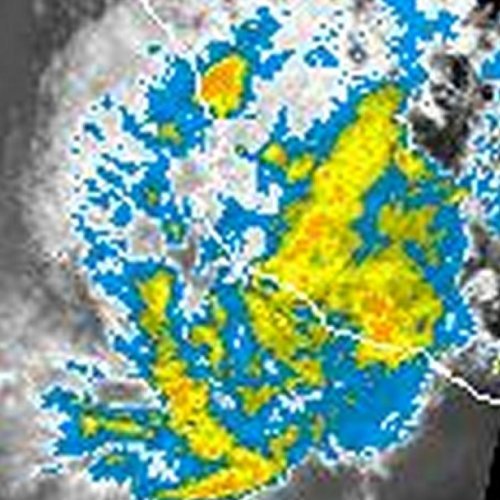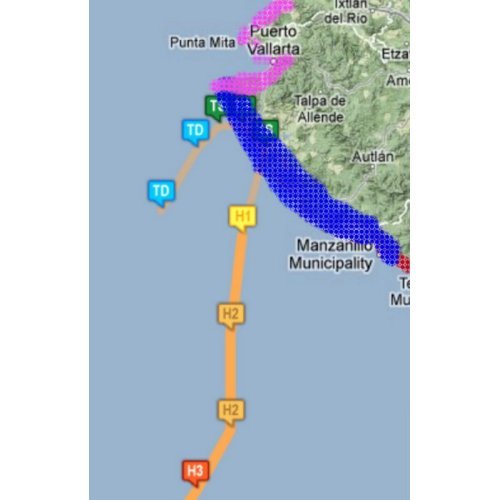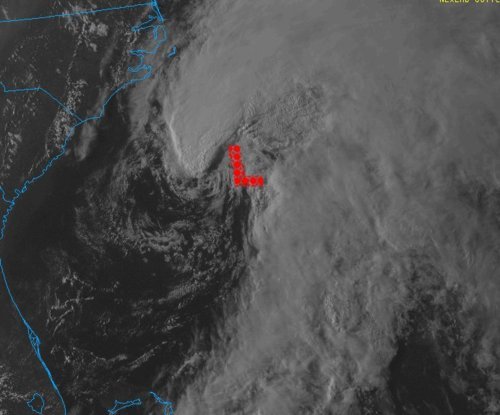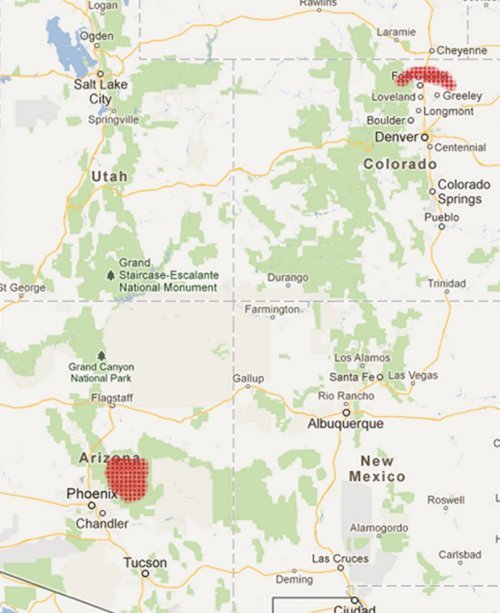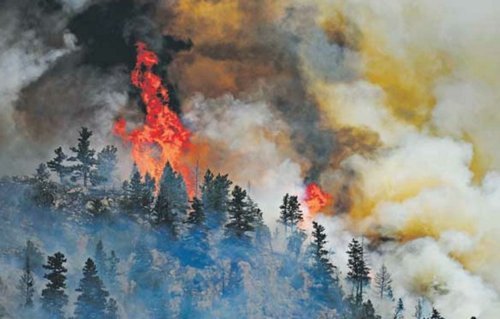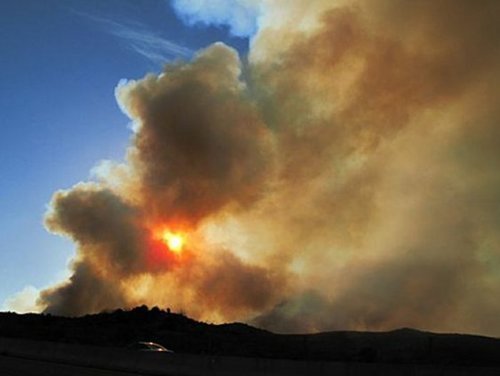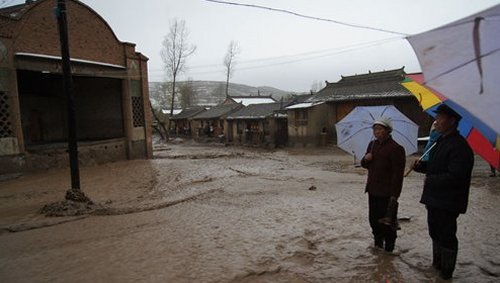Flooding Returns to China
Another round of flooding in China left locals in the province of Guangdong scrambling for higher grounds this past week as floodwaters rose and swept away homes. As opposed to the flooding in north-western China featured in the May 12th post, this flooding took place in the south-east regions about 200km north of Hong Kong and was associated with a low pressure system.
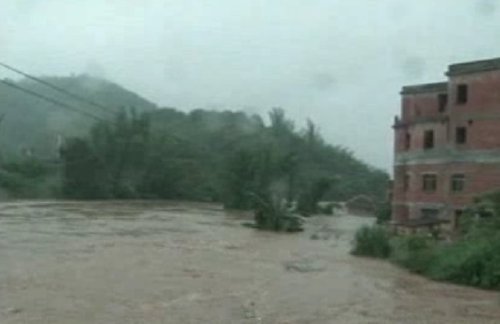
The large city of Meizhou, Guangdong, was caught in the middle of one the most severe floods this year. Some 210,000 residents living in the city were affected and 25,500 had to be evacuated from terrain that is prone to landslides and flooding, prior to these heavy rainfalls. As torrential rains fell, landslides took out more than 1,000 houses and the extensive rains caused over 4,000 hectares of farmland to be lost. In addition to that, six people lost their lives in the floods. The government has estimated the financial tally to be over 30 million dollars, taking in consideration damaged crops and infrastructure as well as services used to fight against the floods.
This rain is the last thing China needs this year, as widespread flooding has been occurring throughout the country. Areas at risk have included the north-west earlier this May, the south-east this past week and coming week. Also, currently, in the central region of China, crews are already prepping dikes since rivers are expected to overflow their banks in the coming summer months. The latter threat is due to saturated grounds combined with forecast medium-range models suggesting one and a half times average rainfall – China’s Ministry of Water Resources are on high alert.
